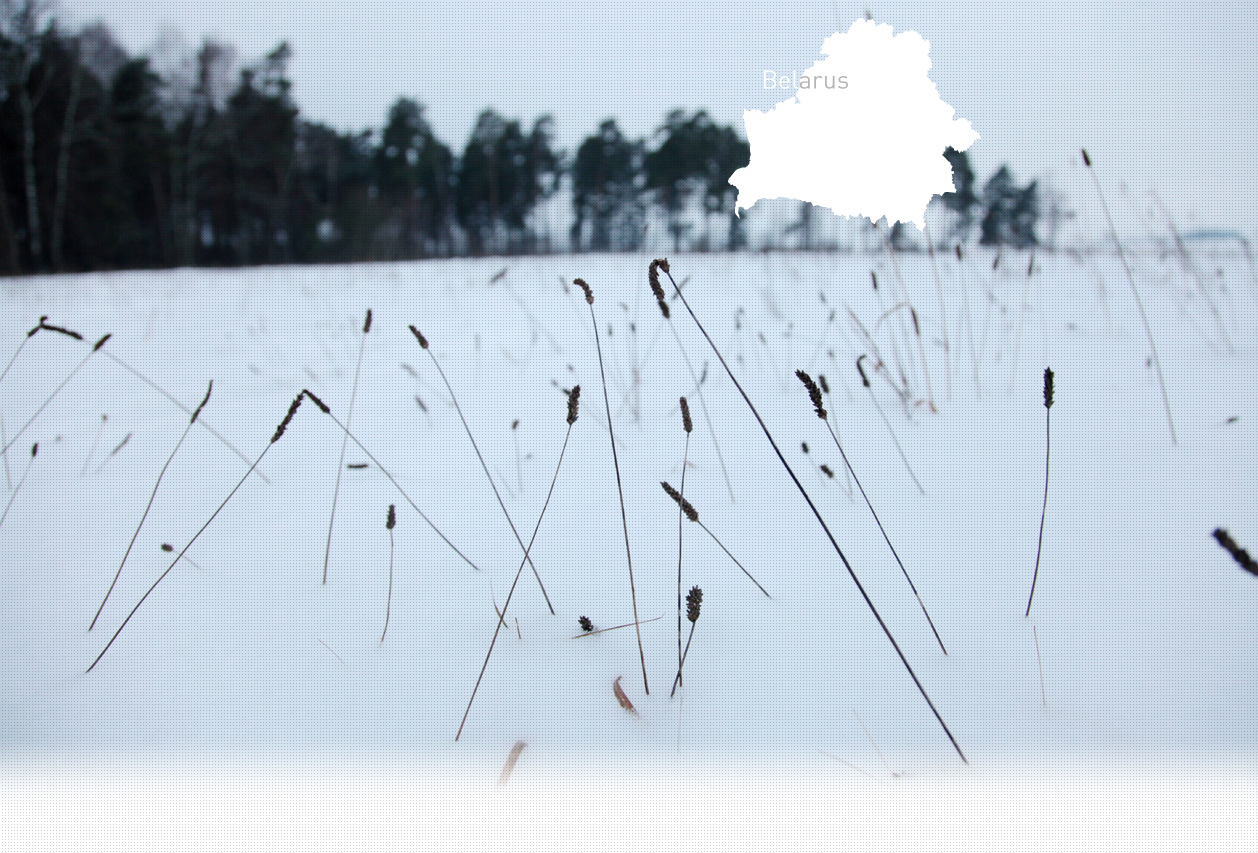

1 Killing site(s)
Anna D., born in 1936: “One cold morning, my mother appeared in tears, saying that she wanted to put a pillow over her ears. We looked through the window and saw the Jews arriving in a column, escorted by policemen dressed in civilian clothes. It looked like a big crowd." (Witness Eyewitness N°836, interviewed in Pechishchi, on September 19, 2014).
Pechishchi is a very small village to the west of the city of Gomel. Before the war, there were few Belarusian families living there. There was a Jewish kolkhoze called Kampf, with more than 100 employees. The Jews also used to attend the synagogue, which was made out of brick. The village was occupied by German troops during the summer of 1941.
According to historical sources, little is known regarding the fate of the Jews. But thanks to an oral testimony collected by Yahad, it was possible to determine the basic facts of what happened to them during the war.
At the beginning of the German occupation, the kolkhoze was disbanded, but Jews were allowed to remain living in their own houses.
On February 10, 1942, a German punitive kommando invaded the village, rounded all the Jews up and drove them to a garden where they were shot. The corpses remained on the ground for a few days. They were then buried by local villagers in a nearby forest.
Do you have additional information regarding a village that you would like to share with Yahad ?
Please contact us at contact@yahadinunum.org
or by calling Yahad – In Unum at +33 (0) 1 53 20 13 17